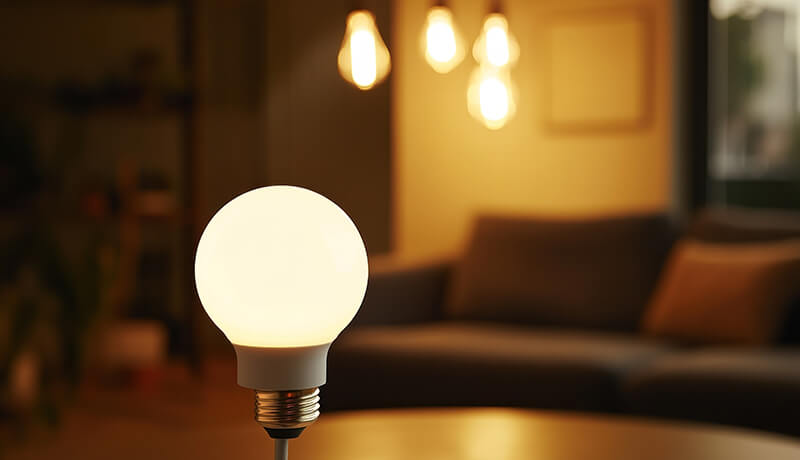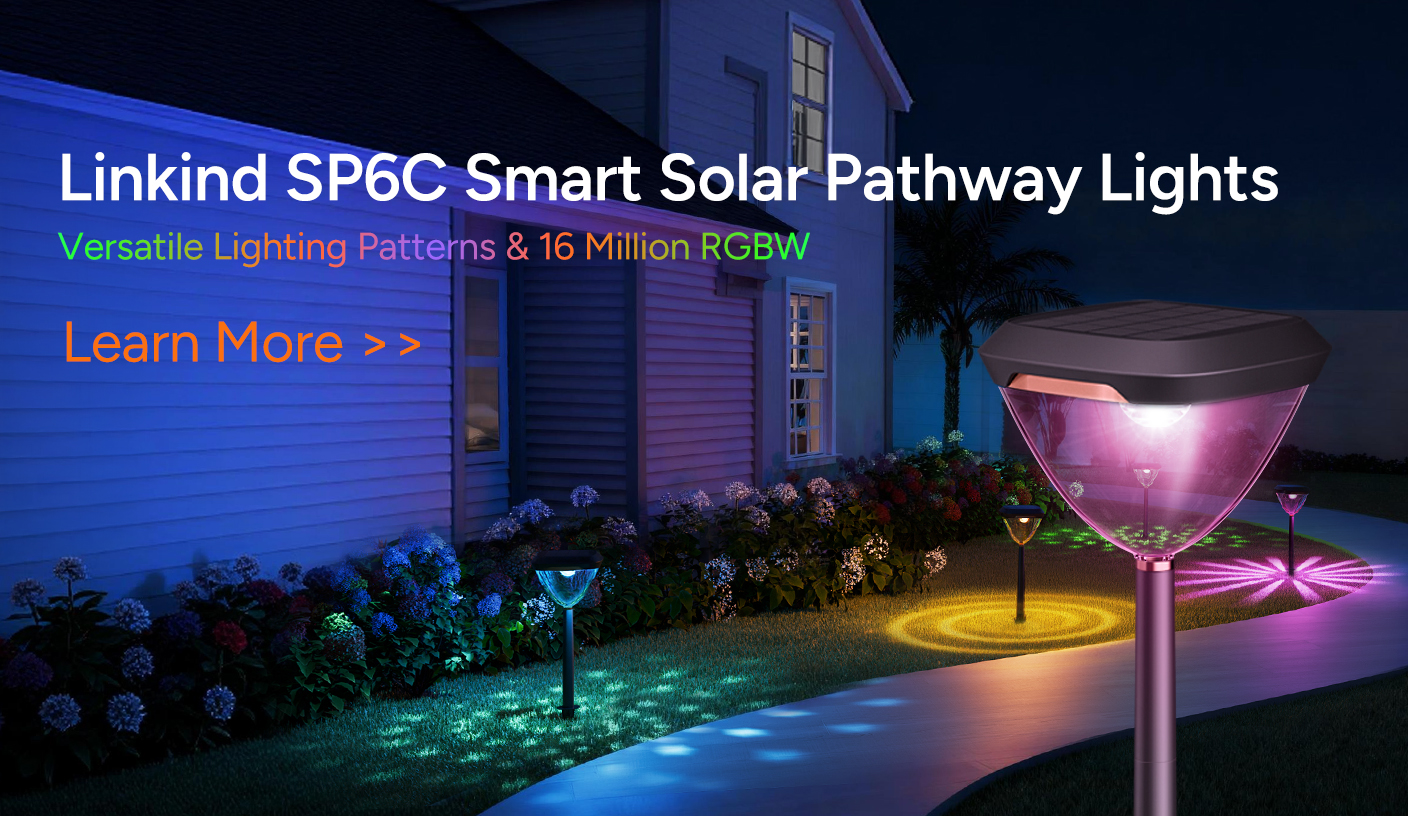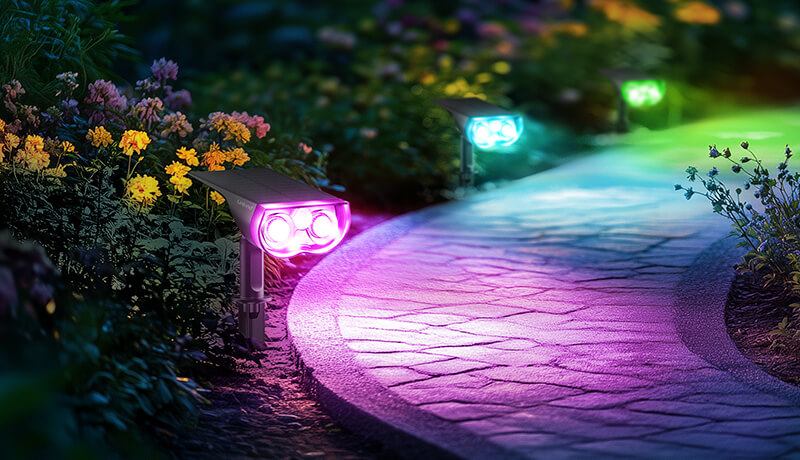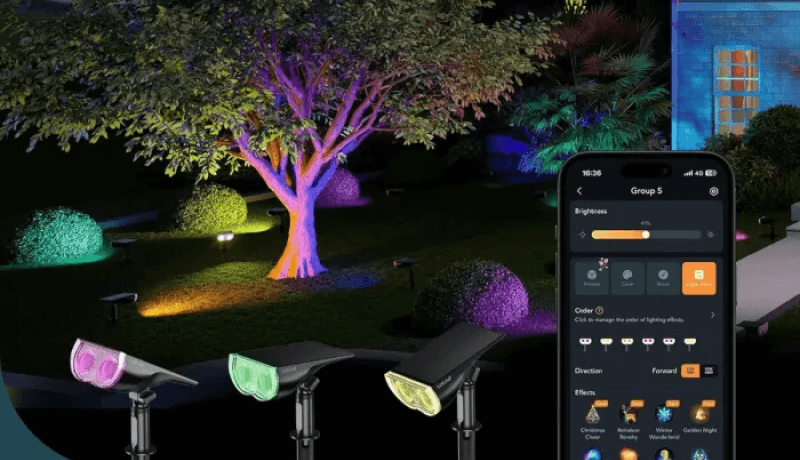On a rainy evening, a cozy reading nook illuminated by a warm amber glow feels comforting, almost like a hug. But in a brightly lit office, crisp white lights keep us alert and focused. This isn’t just ambience—it’s science. Lighting, especially its color temperature, plays a surprisingly powerful role in how we feel, think, and even sleep.


Color temperature is a way to describe the light appearance provided by a bulb, measured in Kelvins (K). Lower temperatures (2700K–3000K) appear warm and yellowish, while higher temperatures (5000K–6500K) look cool and bluish-white. These aren’t just aesthetic choices—they trigger different emotional and biological responses.
Warm lights (2700K–3000K) are associated with relaxation and comfort. They mimic the natural light of sunsets or firelight—contexts our brains have long associated with rest. That’s why warm lighting works best in bedrooms, living rooms, and dining areas.
Cool Lights (5000K–6500K) boosts alertness and concentration. These mimic daylight conditions, triggering brain activity and encouraging productivity. That’s why you’ll find them in hospitals, offices, or task lighting in kitchens.
Color temperature impacts our circadian rhythms—our internal biological clocks that regulate sleep and wake cycles. Research published in the Journal of Clinical Sleep Medicine shows that exposure to high color temperature light in the evening delays melatonin production, making it harder to fall asleep.
In contrast, morning exposure to cooler light (around 5000K) can help reset your circadian clock, improving alertness and mood.
Real-Life Applications in Home Design
Smart lighting gives homeowners the freedom to adjust lighting temperature based on time and task. For instance, a 3-in-1 tunable bulb lets you use 2700K warm light during dinner and switch to 5000K daylight for reading.
Dynamic schedules can match your daily rhythm: Cool light in the morning, neutral white in the afternoon, and warm light in the evening—all to support energy levels and relaxation.
Color temperature affects focus, mood, and even error rates in workplaces. A 2018 study by Philips Lighting found that office employees exposed to 6500K light performed better in detailed tasks and reported higher energy levels.
Switching your home office lighting from a warm to a neutral or cool white can significantly improve your productivity, especially during the post-lunch slump.
Light and Mental Health
Lack of exposure to the right kind of light can lead to Seasonal Affective Disorder (SAD) or worsen symptoms of depression. Bright white light therapy (around 10,000 lux at 5000K–6500K) is an FDA-approved treatment for SAD.
Incorporating such color temperature and brightness levels into your morning routine—through smart lights or light alarm clocks—can make a big difference in mood stabilization.
Advanced smart lighting systems now offer circadian rhythm lighting, which automatically changes the color temperature and brightness throughout the day to match your biological needs.
For instance, lights can gradually shift from cool to warm in the evening, supporting melatonin production and better sleep hygiene. This is no longer luxury tech—it’s becoming mainstream in healthy home design.
Tips for Choosing the Right Color Temperature
●2700K–3000K (Warm White): Bedrooms, living rooms, relaxation areas
●3500K–4100K (Neutral White): Bathrooms, corridors, casual workspaces
●5000K–6500K (Daylight/Cool White): Offices, kitchens, study areas
Don’t forget to consider CRI (Color Rendering Index) too. A high CRI (>90) ensures colors appear natural and vibrant under any light.
Final Thoughts: Let There Be Mood
Lighting isn’t just decoration—it’s a biological tool. With the growing accessibility of smart bulbs and tunable lighting, you now have the power to shape your daily life through color temperature. Whether you're chasing focus, calm, or joy, the right light can guide the way.



















